Space Missions to Watch in 2025: Key Events and Discoveries
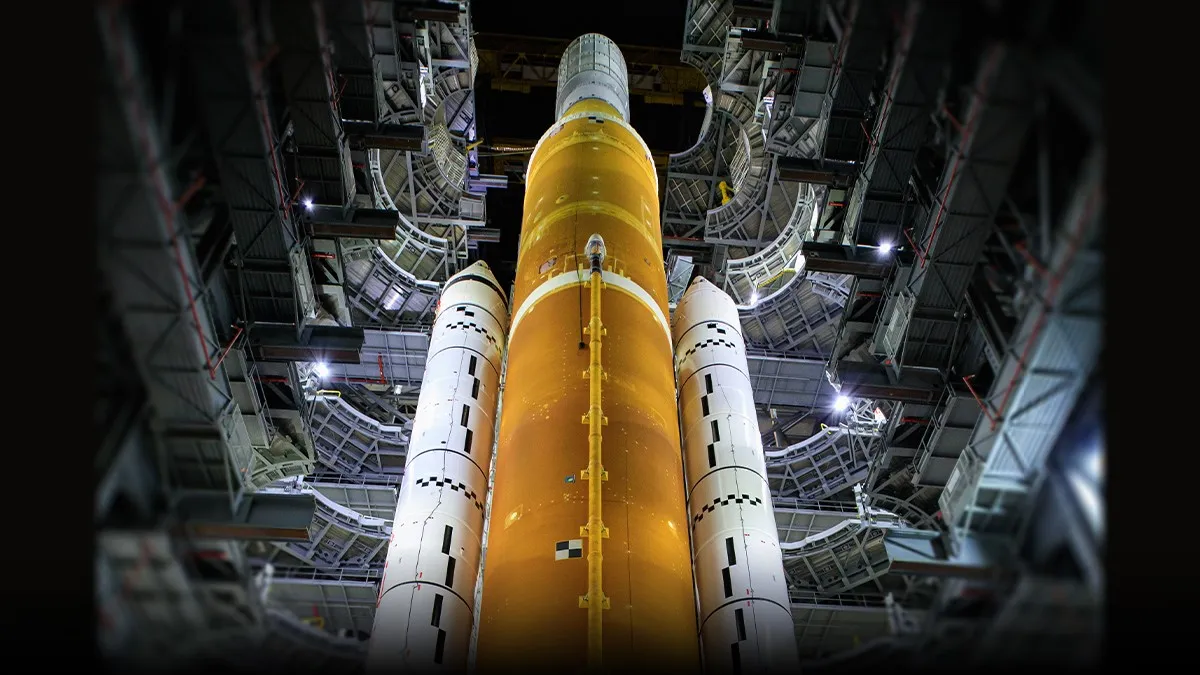
The year 2025 is shaping up to be an exciting one for space exploration, with numerous space missions to watch in 2025. With ambitious missions, technological breakthroughs, and new goals in interplanetary exploration, this year promises to bring humanity closer to understanding the cosmos. Here’s a look at the major missions, milestones, and the new frontiers expected in space exploration in 2025.
Table of Contents
1. Returning to the Moon and Preparing for a Human Presence
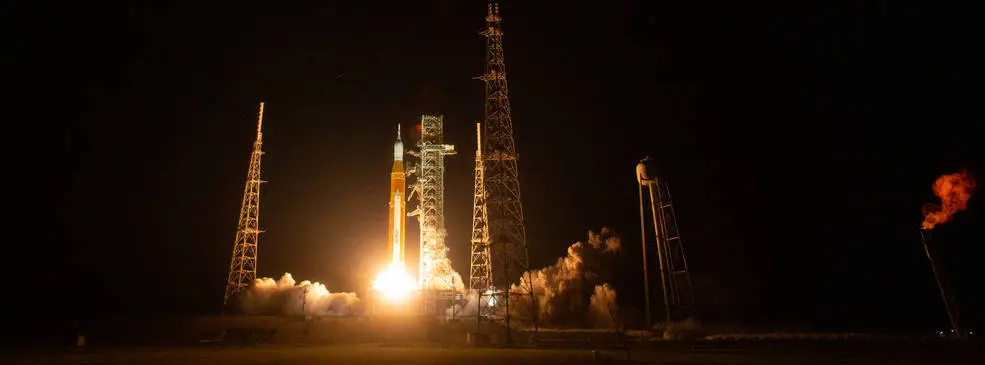
- Artemis III Mission: NASA’s Artemis III mission, scheduled for 2025, aims to take humans back to the Moon’s surface, marking a monumental step toward establishing a sustainable presence on the Moon. This mission will include the first woman and the first person of color to walk on the lunar surface, symbolizing a new era of inclusivity in space. With a focus on the lunar south pole, the mission will explore regions rich in ice deposits, which could provide water and fuel for future space missions. The success of Artemis III is a key milestone in NASA’s goal to create a permanent human base on the Moon.
Also Read : Space Race 2.0: New Lunar Missions and What They Mean for Humanity
2. India’s Ambitious Lunar Exploration with Chandrayaan-4
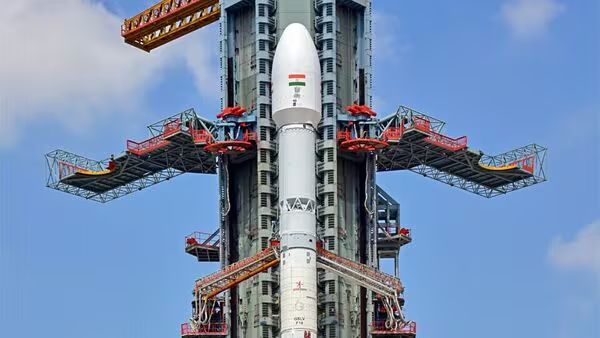
- Following the success of its previous lunar missions, the Indian Space Research Organisation (ISRO) is expected to launch Chandrayaan-4 in 2025. This mission aims to deploy advanced scientific instruments to study the Moon’s surface and examine its mineral composition, enhancing our understanding of the Moon’s geology. Chandrayaan-4 may also include collaboration with other space agencies, further strengthening India’s role in international space exploration efforts.
3. The Mars Sample Return Mission: Bringing Mars to Earth
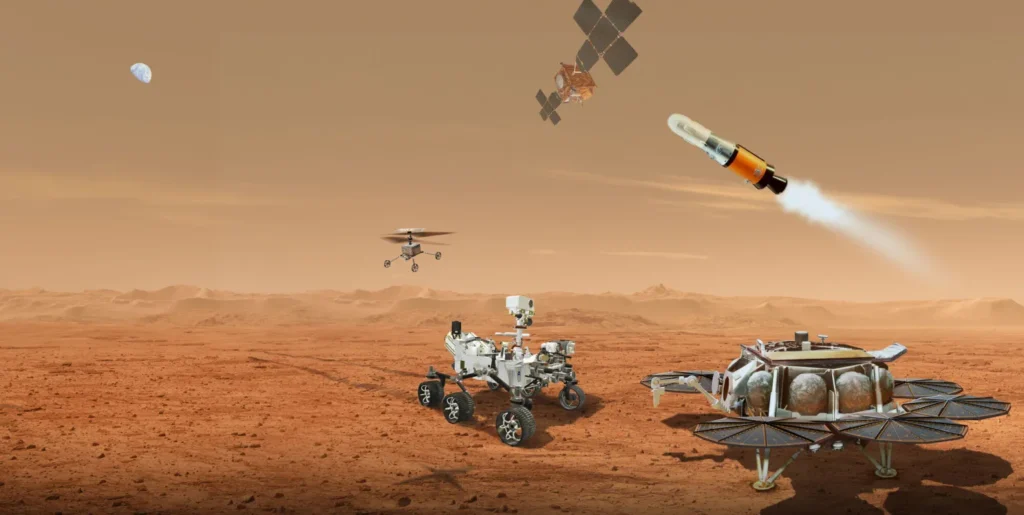
- One of the most highly anticipated missions of 2025 is NASA and the European Space Agency’s (ESA) Mars Sample Return. This mission will collect Martian soil and rock samples and bring them back to Earth, providing scientists with invaluable data to study Mars’ geology and history. Analyzing these samples on Earth could reveal insights into ancient Martian environments, helping scientists look for signs of past life. This mission could redefine our understanding of the Red Planet.
4. Space Tourism and Private Ventures
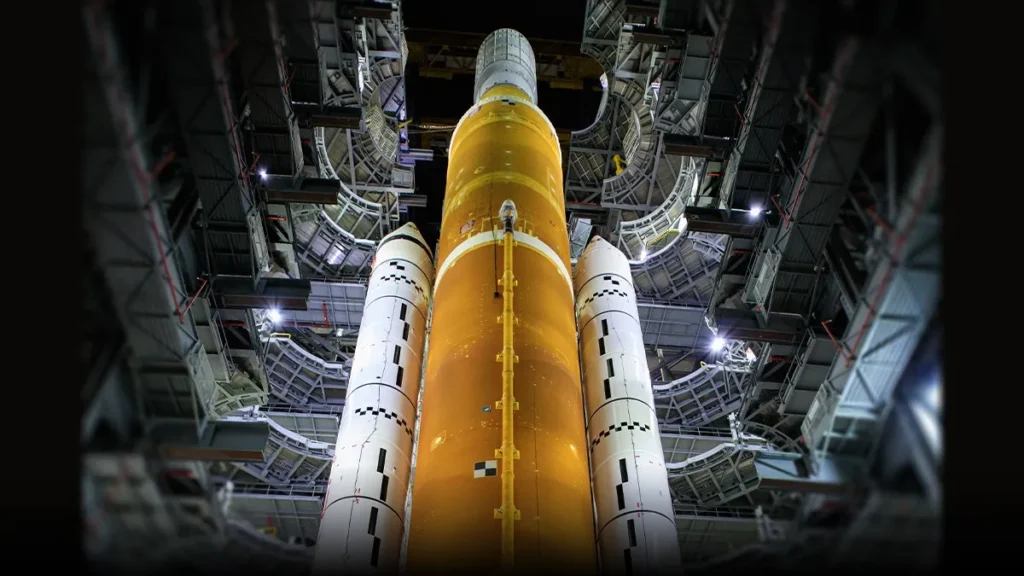
- 2025 is also expected to witness new developments in space tourism and private space exploration. Companies like SpaceX, Blue Origin, and Virgin Galactic are pushing boundaries with their goals to make space more accessible. SpaceX’s Starship is set for its first private lunar mission, which will carry a group of international artists around the Moon. This mission is not only a symbol of private space travel but also an attempt to inspire global creativity by taking art to the stars.
5. The James Webb Space Telescope: Continuing to Unveil the Universe
- Since its launch, the James Webb Space Telescope (JWST) has provided stunning and detailed images of distant galaxies, stars, and exoplanets. In 2025, JWST will continue its exploration of the cosmos, focusing on studying the atmospheres of exoplanets and searching for potential signs of habitability. The telescope’s insights could significantly impact the search for extraterrestrial life and our understanding of planetary systems outside our solar system.
Also Read : Exciting Cosmic Discoveries from the James Webb Space Telescope
6. Innovations in Space Technology and Artificial Intelligence
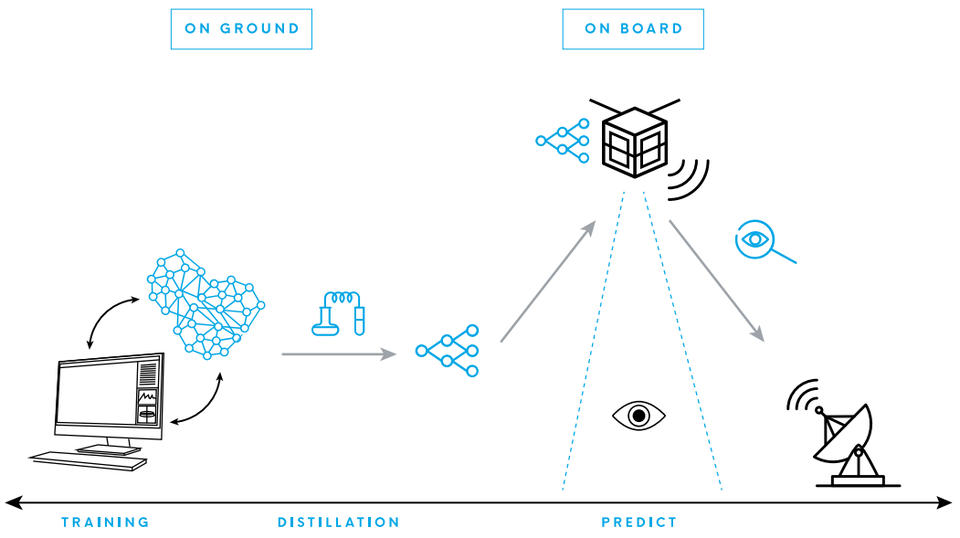
- With artificial intelligence (AI) and machine learning (ML) becoming more integrated into space missions, 2025 could mark a significant leap in autonomous spacecraft. AI-powered probes and rovers may be used to gather data on asteroids, distant planets, and moons. This will allow scientists to process enormous amounts of data with speed and accuracy, enhancing mission outcomes and reducing the need for human intervention in deep-space explorations.
7. International Collaborations in Space Stations
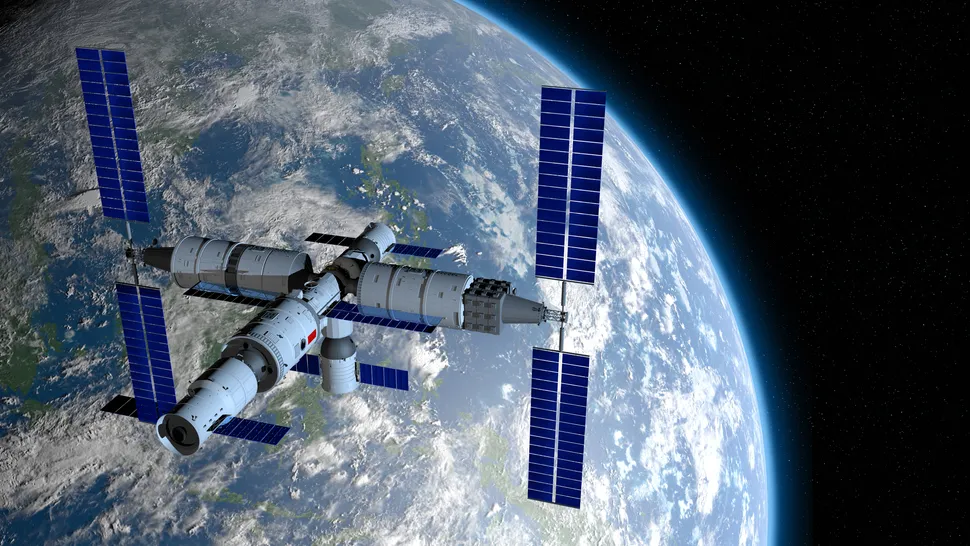
- The International Space Station (ISS) will continue to be a hub for multinational space research, but new space station projects are also on the horizon. China’s Tiangong Space Station is expected to expand its research capabilities, with potential partnerships with Russia and other nations. Meanwhile, NASA is exploring the development of a Lunar Gateway, an orbital space station near the Moon, in collaboration with several countries and private companies. This station will serve as a base for lunar missions and potentially, Mars exploration.
Looking Ahead: Humanity’s Path into the Stars
- As we look to 2025, the excitement surrounding space exploration continues to grow. With each mission, humanity takes a step closer to understanding its place in the universe, searching for new resources, and expanding the frontiers of human knowledge. From returning to the Moon and exploring Mars to making space tourism a reality, 2025 is poised to be a year that will push the boundaries of what’s possible in space.
FAQs
What are the major space missions scheduled for 2025?
In 2025, several significant space missions are set to take place, including NASA’s Artemis III mission aimed at landing astronauts on the Moon, ESA’s Jupiter Icy Moons Explorer (JUICE) mission, and various Mars and asteroid exploration missions by agencies worldwide.
Why is the Artemis III mission important?
Artemis III will be NASA’s first crewed lunar landing since the Apollo era, aiming to explore the lunar South Pole. The mission will advance lunar exploration, research, and technology, supporting long-term goals of establishing a sustainable presence on the Moon and preparing for Mars missions.
How can these missions impact life on Earth?
These missions contribute to scientific knowledge, innovation, and technology that can benefit Earth. For example, lunar and asteroid mining research could lead to resources for clean energy, while advancements in satellite technology and space-based research support communications, environmental monitoring, and climate science.
How do these missions contribute to the future of space exploration?
These missions lay the groundwork for deeper space exploration by testing new technologies, expanding our understanding of celestial bodies, and preparing humanity for potential human exploration of Mars and beyond.






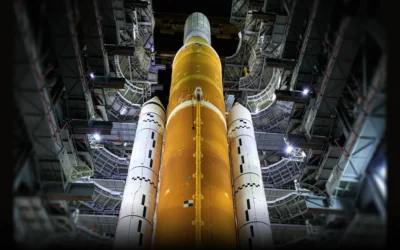
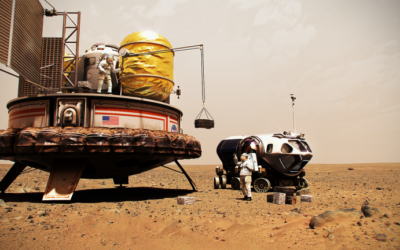






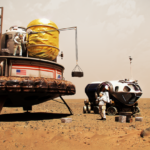


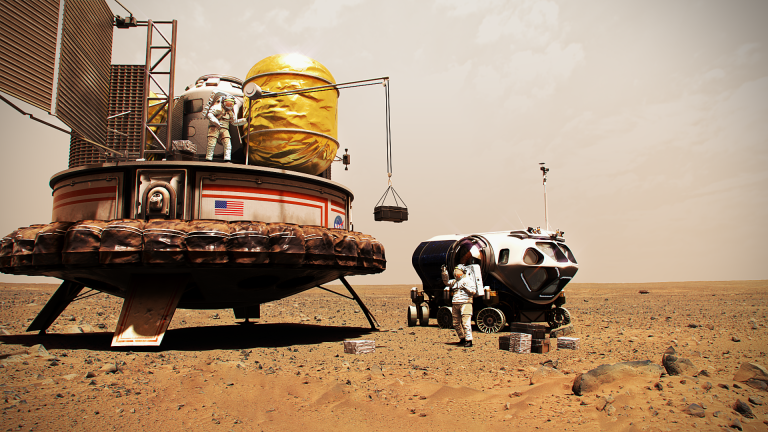


Your blog is a testament to your expertise and dedication to your craft. I’m constantly impressed by the depth of your knowledge and the clarity of your explanations. Keep up the amazing work!